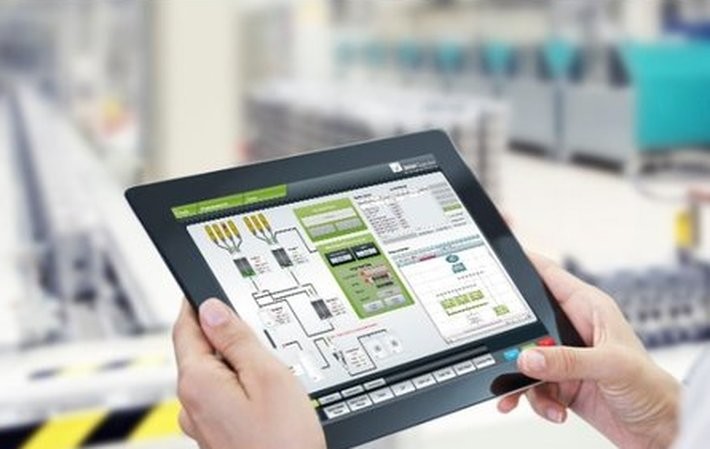
Published on 11/04/2016 | Strategy
The convergence of industrial automation and communication is an integral part of the growing Industrial Internet of Things (IIoT). In the modern industrial realm, automation should provide a consistent way of executing tasks and processes – including those usually associated with information technology (IT). As a result, the operational technology (OT) used to support manufacturing processes is experiencing significant changes.
IT and OT convergence describes the integration of IT systems, such as Enterprise Resource Planning (ERP) and Customer Relationship Management (CRM) applications, with OT systems, such as Manufacturing Execution Systems (MES) and Supervisory Control and Data Acquisition (SCADA). Traditionally, IT and OT have remained two separate silos, maintaining independent protocols, standards and governance models. However, for companies pursuing operational effectiveness, increased profits and growth, the convergence of these two systems is a no brainer.
As IT and OT independently influence a company’s performance, bridging the gap between these technologies allows for easier performance management. Regardless of whether a manufacturer wants to increase operational effectiveness or generate growth, there is a strong case for pursuing IT and OT convergence.
Creating a common platform for both information and operational data means businesses can generate more relevant key performance indicators (KPIs) and pursue common objectives while also benefitting from company-wide visibility. Greater transparency of operations means harmonising business strategies across geographical sites and departments is much simpler.
For the food and beverage industry, for example, a cider producer would benefit from integrating third party IT, such as weather data and consumer marketing activities with internal IT systems and OT on the factory floor. Cider producers will want to know if there’s a sunny weekend on the horizon, as customers are likely to buy more alcoholic beverages. By integrating this data with an ERP or MES connection, intelligent SCADA software can download the required production plan and ingredient quantities and communicate exact control parameters to the connected process equipment to begin production.
Not only does this speed up time-to-market and reduce costs, but also allows for on-demand manufacturing that business to consumer manufacturers experience on a daily basis.
There are many notable benefits of IT and OT convergence, but in the manufacturing world, this transition is not without its problems.
Manufacturing is not always the quickest sector to embrace technological change, especially where OT and hardware are concerned. On the other hand, IT departments usually have a positive approach to embracing new technology. When outlining a common governance model, these cultural differences can cause friction.
Successful implementation of IT and OT convergence requires a substantial change management effort so that the entire workforce is on board with the project. In most cases, this often involves remodeling and retraining the workforce or changing processes and procedures.
Another worry for manufacturers is the changing security risks the merger of IT and OT brings. For industrial control systems, security cannot be an afterthought. However, by following standards and best practices of IEC 62443, companies can significantly minimise their security risks.
IEC 62443 is a standard that directly addresses IT security for industrial automation and control system (IACS) networks. Under this standard, manufacturers must address both the technical and organisational aspects of how employees access and use the network, therefore enhancing security against external threats.
Bridging the worlds of IT and OT could provide manufacturers with the competitive advantage needed to gain both marketspace and market share, but it is no easy feat. Successful implementation requires a deep understand of each system involved, including the industrial and IT systems, devices and networks. Independent and flexible automation software, like COPA-DATA’s zenon, provides a native language to connect these systems in an efficient and seamless manner – while still providing production monitoring, data arching and reporting throughout the production process. Native communication also has the benefit of being independent of any hardware manufacturer, ensuring easy integration for both new and legacy systems.
Over the last few decades, manufacturers have approached IT and OT as entirely separate domains. However, the convergence of these two manufacturing layers is rewriting the industry rules. By finding a native language between both processes, manufacturers are reaping the rewards of enhanced performance and increased manufacturing flexibility.